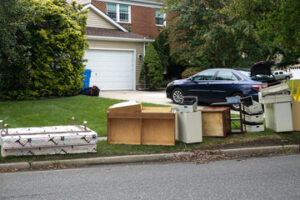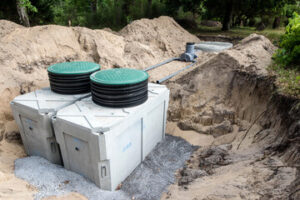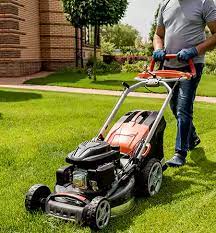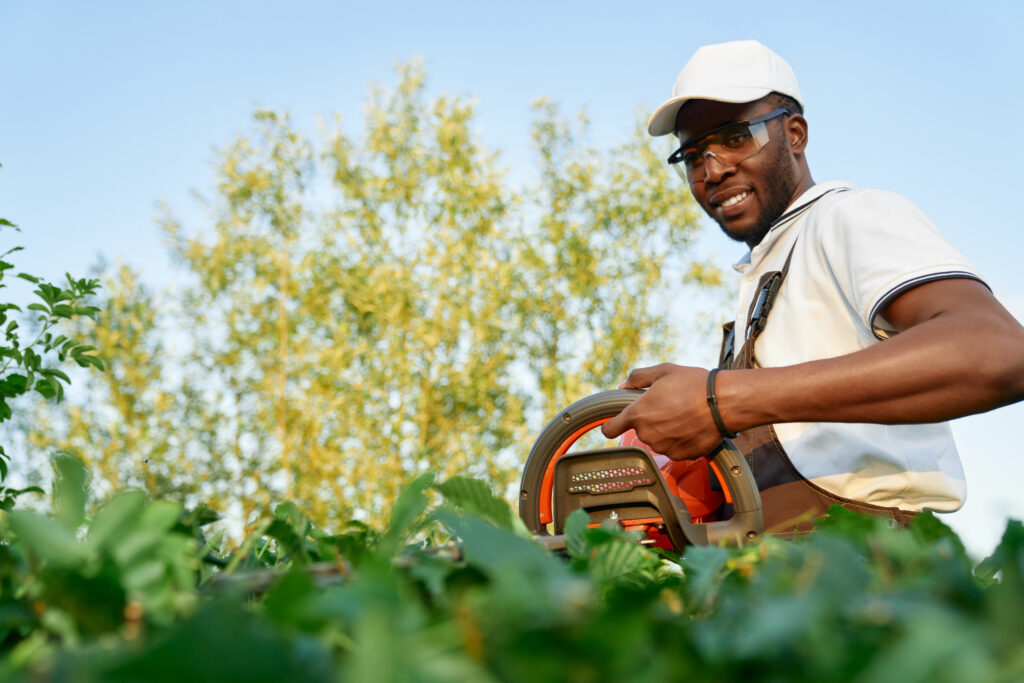Junk removal is a vital service for those who have too much stuff or need to clean out their home after a disaster. This industry is growing, and competition keeps pricing competitive.

Junk haulers often separate items to be recycled, donated, or sent to the landfill. Those that focus on recycling have a leg up on the competition when it comes to attracting eco-conscious clients. For professional help, call Sgt Junk-It.
Junk removal services are a branch of waste management that specialize in collecting and disposing of unwanted items, such as furniture, appliances, electronics, or general debris. They are able to remove large amounts of junk in a short amount of time, and can save people a lot of stress and hassle by handling the entire process from start to finish. Junk removal companies also have access to specialized trucks and equipment that allow them to handle larger, more bulky items that normal trash collection services can’t take care of.
Junk disposal is a huge responsibility and not something to be taken lightly. Depending on the type of junk, it may be hazardous and require special disposal methods. Companies that specialize in junk removal have the skills and knowledge to properly dispose of toxic materials without causing harm to the environment or public health. Additionally, they are up-to-date on local and national waste disposal laws and regulations.
Aside from being environmentally responsible, junk removal services are also cost-effective for their clients. They can save homeowners the cost of renting a truck and fuel for waste disposal, as well as the fees associated with taking it to a landfill. Additionally, they can save business owners money by clearing out clutter and creating a more efficient working environment.
Another benefit of junk removal is reclaiming valuable space in your home or workplace. Cluttered spaces not only look unappealing, but they can actually hinder productivity. Studies have shown that a clean, organized workspace improves efficiency and overall morale. Furthermore, a junk-free area makes a good first impression on guests or potential business clients.
Hiring a junk removal service can also help you reclaim space in your home or office that you’ve been using as storage for years. You’ll be surprised at how much extra room you have once the unwanted clutter is gone. You can use this newly-found space for a nursery, home office, or even your dream garden. Or, if you’re lucky enough to have a garage, you can finally park your car inside instead of tripping over piles of toys and tools.
Cost
A junk removal service will pick up your unwanted items, haul them away and dispose of them properly. The cost of junk removal depends on the volume and type of trash that needs to be removed, as well as any extra services or recycling fees. Generally, these services charge between $25 and $100 per month, though prices vary by location and the company’s policies. Junk removal can be a valuable service for those who are unable or unwilling to tackle the task themselves.
In addition to being a convenience, junk removal services can reduce the amount of waste that ends up in landfills and other environmental hazards. A quality junk removal service will recycle or donate usable items, including old electronics and appliances. They will also take care to safely and properly dispose of hazardous materials, such as chemicals, refrigerants, aerosol cans, paints, and batteries.
If you’re thinking of starting a junk removal business, it’s important to understand the average pricing and rates in your area. It will help you develop pricing that is competitive and profitable while also offering value to customers.
There are many factors that affect junk removal rates, including landfill and recycling fees, transportation costs, fuel prices, and equipment rental charges. Additionally, the volume of junk will influence pricing since larger volumes require more labor and equipment to remove. If your junk removal service includes extras like cleaning, recycling, or donating usable items, these will also increase costs.
A professional junk removal company will handle all the necessary paperwork and licensing requirements for you, which can save you time and money. If you’re not comfortable handling these tasks yourself, you can hire an attorney to help you through the process.
Clutter can be distracting and make it difficult to find items that you need. Junk removal can help clear your space and improve productivity at home or work. It can also create a more conducive environment for leisure activities and other events. In addition, sustainable junk removal practices can create jobs for garbage collectors, waste management specialists, and recycling center workers.
Environmental Impact
Junk removal companies can make a significant impact on the environment by diverting as much junk from landfills as possible. They can also reduce their environmental footprint by recycling and reusing items as opposed to throwing them away. This practice is a good way to help the planet and save on energy costs. It is also a great way to improve the image of your company and attract customers who are concerned about the environment.
Junk disposal services that prioritize the environment are helping to slow the filling of America’s landfills, keep plastics out of the ocean, and conserve resources and energy. They can also reduce the environmental impact of commercial spaces by donating or upcycling old office furniture, electronics, and appliances.
Unlike trash companies that dump waste in landfills, eco-friendly junk removal companies sort through garbage to identify any items that can be reused or recycled. The resulting process is called the circular economy, which helps the planet by reducing waste and conserving resources. It also stimulates the economy by creating jobs in the recycling and resale industries.
A lot of what people consider as junk can be repurposed, such as tree branches, wood pallets, and discarded metal items. This repurposing allows them to serve new purposes and can even be used to create unique garden planters or rustic loungers. It is a good way to reduce clutter and give the items a second life without contributing to pollution or overcrowding landfills.
Another way to minimize the environmental impact of junk removal is by reducing or eliminating the use of toxic chemicals. Many items that are thrown in landfills contain harmful chemicals that pollute the soil and waterways, leading to environmental contamination. Fortunately, many junk removal companies offer specialized services for hazardous waste, including batteries, paint, and electronic waste.
As the world becomes more environmentally conscious, more and more consumers are seeking out junk removal companies that practice sustainability. Companies that are embracing eco-friendly practices are attracting more customers and gaining a competitive edge over their competitors. They are also promoting a better image for their business and encouraging their employees to support sustainable initiatives.
Safety
Whether clogging hallways in the home or creating tripping hazards on a job site, junk can be a dangerous distraction. But junk removal services do more than simply clear out the clutter; they also ensure that items are disposed of properly. They take multiple safety measures into account, including assessing the size, weight, and condition of each item to determine the appropriate tools and equipment to use. They are familiar with local regulations for disposal and recycling, so they can ensure that all items are handled in a responsible manner.
Junk removal can be physically demanding, particularly in hot weather. It is important to stay hydrated and to take frequent breaks in a shaded area. It is also a good idea to wear gloves and closed-toe shoes when handling heavy items. Doing so will protect against dirt and debris that can lead to slipping or falling and prevent back injuries. If a particular item is too heavy to lift on your own, seek help or consider investing in lifting equipment like dollies and hand trucks.
Sorting and separating items for recycling, donation, or trash disposal is an essential part of the junk removal process. This helps to streamline the removal process and minimize environmental impact, as well as making it easier for participants to follow recycling or waste disposal guidelines. For example, hazardous materials need to be disposed of separately from general waste to avoid contamination. It is also important to research local recycling options, as many communities have designated facilities for this type of waste.
Junk removal professionals are trained to safely lift and transport heavy items without causing damage to property or harming themselves. They use proper lifting techniques to avoid straining or injuring themselves, and they have specialized equipment for transporting large items. Additionally, they know how to dispose of electronics and other hazardous materials in accordance with local regulations. In addition, they provide prompt and efficient service, minimizing disruptions to their clients’ daily lives. This is especially important for busy homeowners or business owners who may not have the time to handle a junk removal project on their own.




